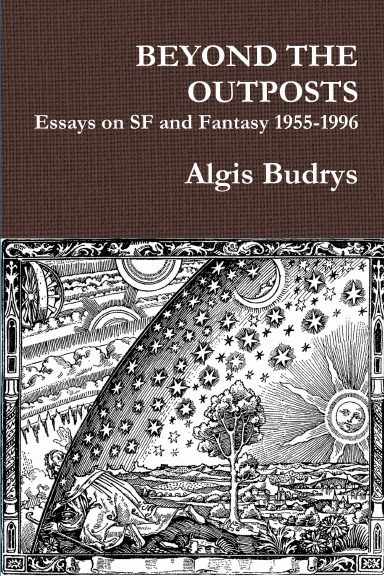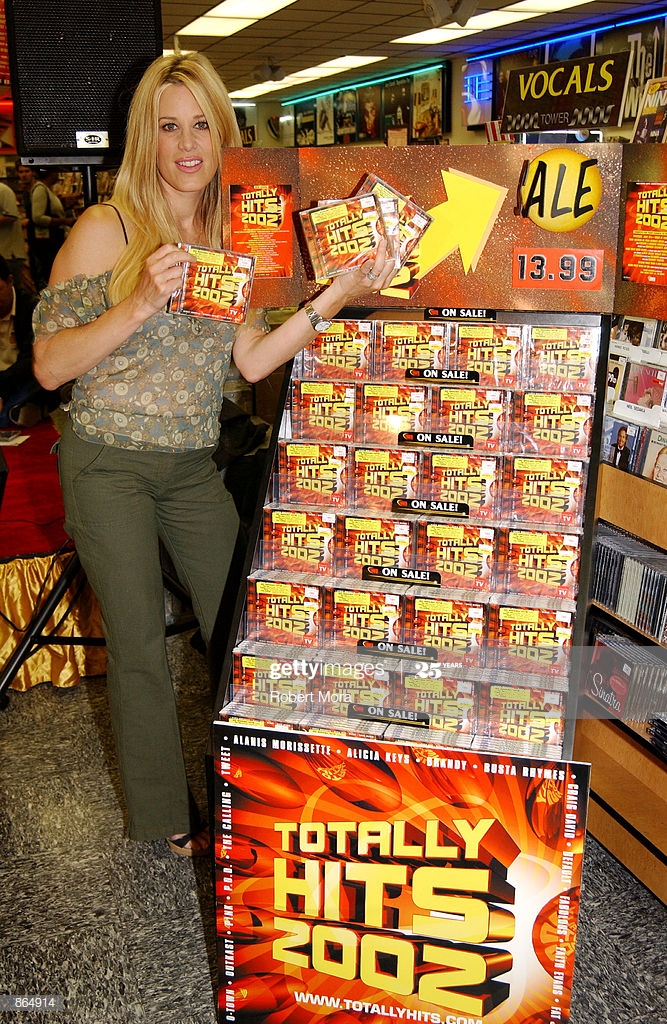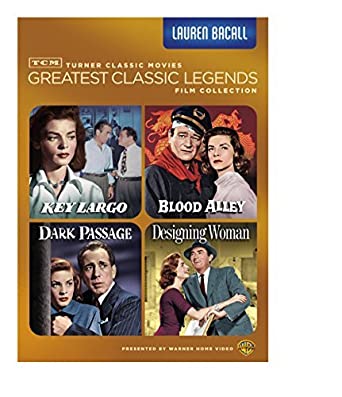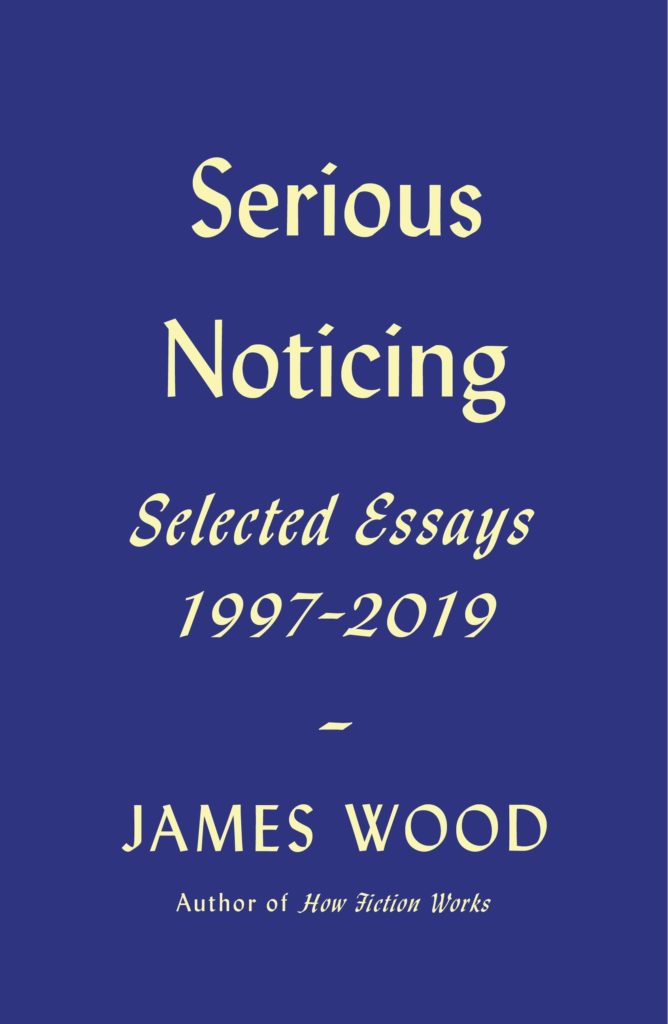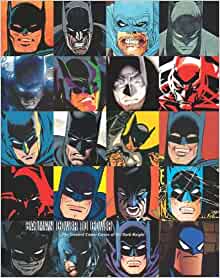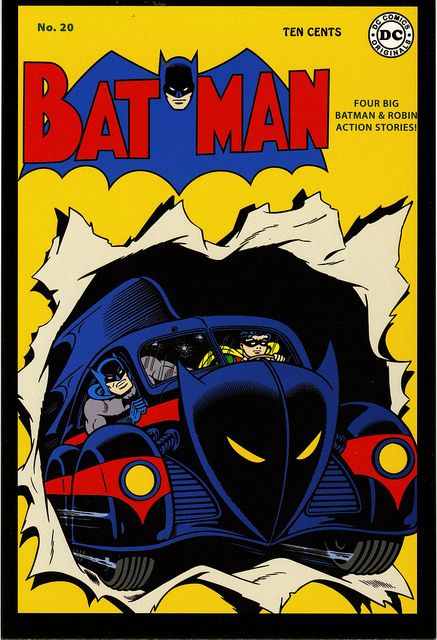I’ve admired James Wood’s essays for a couple of decades. Serious Noticing collects 510 pages of Wood’s “greatest hits” in one handy volume. My favorite essay in this collection is “Fun Stuff: Homage to Keith Moon.” Keith Moon was the talented drummer of The Who until he died in September of 1978 from an overdose of Heminevrin, a drug intended to treat or prevent symptoms of alcohol withdrawal. Wood loves Keith Moon’s wackiness–which earned him the monicker “Moon the Loon”–and is moved to take up the drums himself as a kid.
Wood moves on from rock drummers to serious writers like Chekhov, Bellow, Tolstoy, Roth, Auster, Orwell, Austen, Cormac McCarthy, Sebald, Dostoevsky, “Elena Ferrante,” Virginia Woolf, and Marilynne Robinson among others. My impressions of Wood after reading these essays is that Wood seemingly has read just about everything these writers have ever published. Plenty of details and sharp analysis feature into Wood’s essays. If you’re in the mood for some intelligent literary criticism, Serious Noticing is the place to find it. GRADE: A
TABLE OF CONTENTS:
INTRODUCTION – 1
Fun stuff: homage to Keith Moon — 15
What Chekhov meant by life — 34
Serious noticing — 49
Saul Bellow’s comic style — 74
Anna Karenina and characterization — 91
Joseph Roth’s empire of signs — 109
Paul Auster’s shallowness — 129
Hysterical realism — 144
Bohumil Hrabal’s comic world — 164
George Orwell’s very English revolution — 179
Jane Austen’s heroic consciousness — 179
Cormac McCarthy’s the road — 207
Reality examined to the point of madness’: László Krasznahorkai — 240
Wounder and wounded — 254
On not going home — 270
Other side of silence: rereading W. G. Sebald — 294
Becoming them — 315
Don Quixote’s old and new testaments — 325
Dostoevsky’s god — 338
Helen Garner’s savage honesty — 358
All and the if: God and metaphor in Melville — 372
Elena Ferrante — 393
Virginia Woolf’s Mysticism — 407
Job existed: Primo Levi — 426
Marilynne Robinson — 447
Ismail Kadare — 458
Jenny Erpenbeck — 479
Packing my father-in-law’s library — 493
ACKNOWLEGEMENTS — 509

